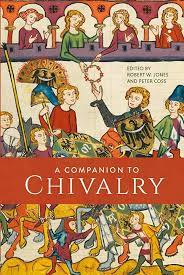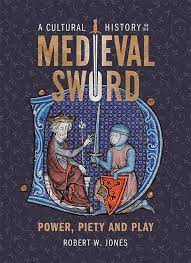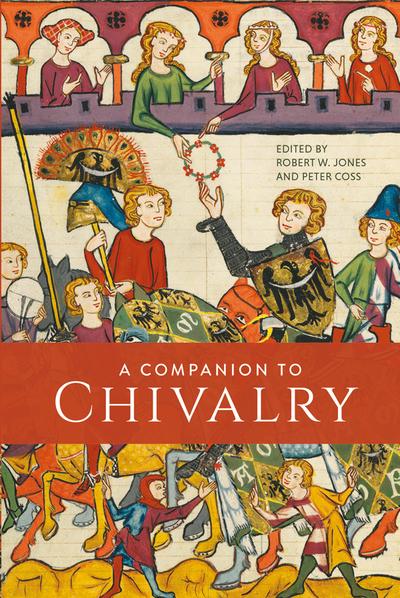Bloodied banners
martial display on the medieval battlefield
- ISBN: 9781843835615
- Editorial: Boydell & Brewer Ltd.
- Fecha de la edición: 2010
- Lugar de la edición: New York. Estados Unidos de Norteamérica
- Encuadernación: Cartoné
- Medidas: 23 cm
- Nº Pág.: 203
- Idiomas: Inglés

'A penetrating investigation of medieval martial display...The reader is struck by its originality, and by its sophisticated and critical interpretative engagement with historical and literary sources. Particularly notable is the author's subtle exploration of the function of armour: not only its practical role, but as a form of display...A refreshingly different approach to the world of the medieval combatant and his place within that "host of many colours" that was a medieval army, it adds a new dimension to our understanding of medieval warfare.' Dr ANDREW AYTON, Senior Lecturer in History, University of Hull The medieval battlefield was a place of spectacle and splendour. The fully-armed knight, bedecked in his vivid heraldic colours, mounted on his great charger, riding out beneath his brightly-painted banner, is a stock image of war and the warrior in the middle ages. Yet too often the significance of such display has been ignored or dismissed as the empty preening of a militaristic social elite. Drawing on a broad range of source material and using innovative historical approaches, this book completely re-evaluates the way that such men and their weapons were viewed, showing that martial display was a vital part of the way in which war was waged in the middle ages. It maintains that heraldry and livery served not only to advertise a warrior's family and social ties, but also announced his presence on the battlefield and right to wage war. It also considers the physiological and psychological effect of wearing armour, both on the wearer and those facing him in combat, arguing that the need for display in battle was deeper than any medieval cultural construct and was based in the fundamental biological drives of threat and warning. ROBERT W. JONES gained his PhD from Cardiff University.









